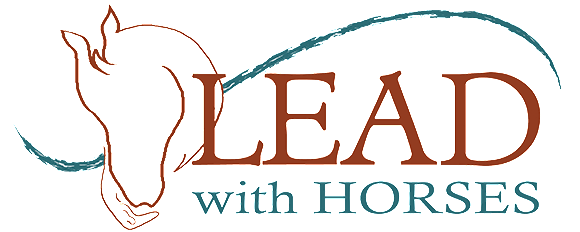Self-Aware is the First Step in Self-Care
We hear a lot about self-care, especially since the COVID pandemic. When we think about taking care of ourselves, it may conjure up images of wildflowers, the aroma of lavender bath salts, massages, relaxing water sounds, a self-gifted bouquet of flowers, new shoes, or an outfit from a high-end boutique. These things are really enjoyable in the moment.
Acts of self-care are significant deeds we undertake when we prioritize our own well-being, as in adopting a way of life that doesn’t compel us to constantly seek an escape (Brianna Weist). But how does that happen? We must learn that to fully and genuinely take care of ourselves we must first become Self-Aware and fully present with ourselves when we are distressed.
What is self-awareness, and why is it important?
Achieving self-awareness comes from doing the work to gain a deeper understanding of one’s own thoughts, emotions, impulses, and personality traits. This task requires us to dig deep to discover their root causes. In building a solid foundation of self-awareness we get to know ourselves and then learn how to sit and feel safe with some very frightening or toxic emotions from the past rather than hide from them as we have in the past.
By doing so, we then acquire valuable insights into the underlying reasons for our impulses, behavior choices, and thought processes.
Self care means adopting a way of life that doesn’t compel us to constantly seek an escape
The Healing Herd
Horses have been a big part of our lives throughout history, whether they’re running wild or being our loyal companions in different settings. Horses have helped us grow and change as people, and that connection we have with them goes back hundreds of years in time. At LEAD with Horses, we are often asked about how horses have helped us and our clients to learn so much about ourselves. By allowing a horse to be themself and do their thing, with guidance our kids learn much about being congruent.
Being congruent means that the stuff going on inside of us, say, anxiety or fear, matches our outer façade, while being incongruent means that we are masking our genuine emotions like fear and anxiety and trying to come off as cool and collected.
With the help of horses, we can learn to be honest with ourselves and others and strive towards being our most authentic selves. As we journey through life, horses will continue to provide a valuable tool for self-reflection. This is why we say that horses are “our mirrors.” Horses get us at our very core, and if we are not being real, they will let us know what they know.



